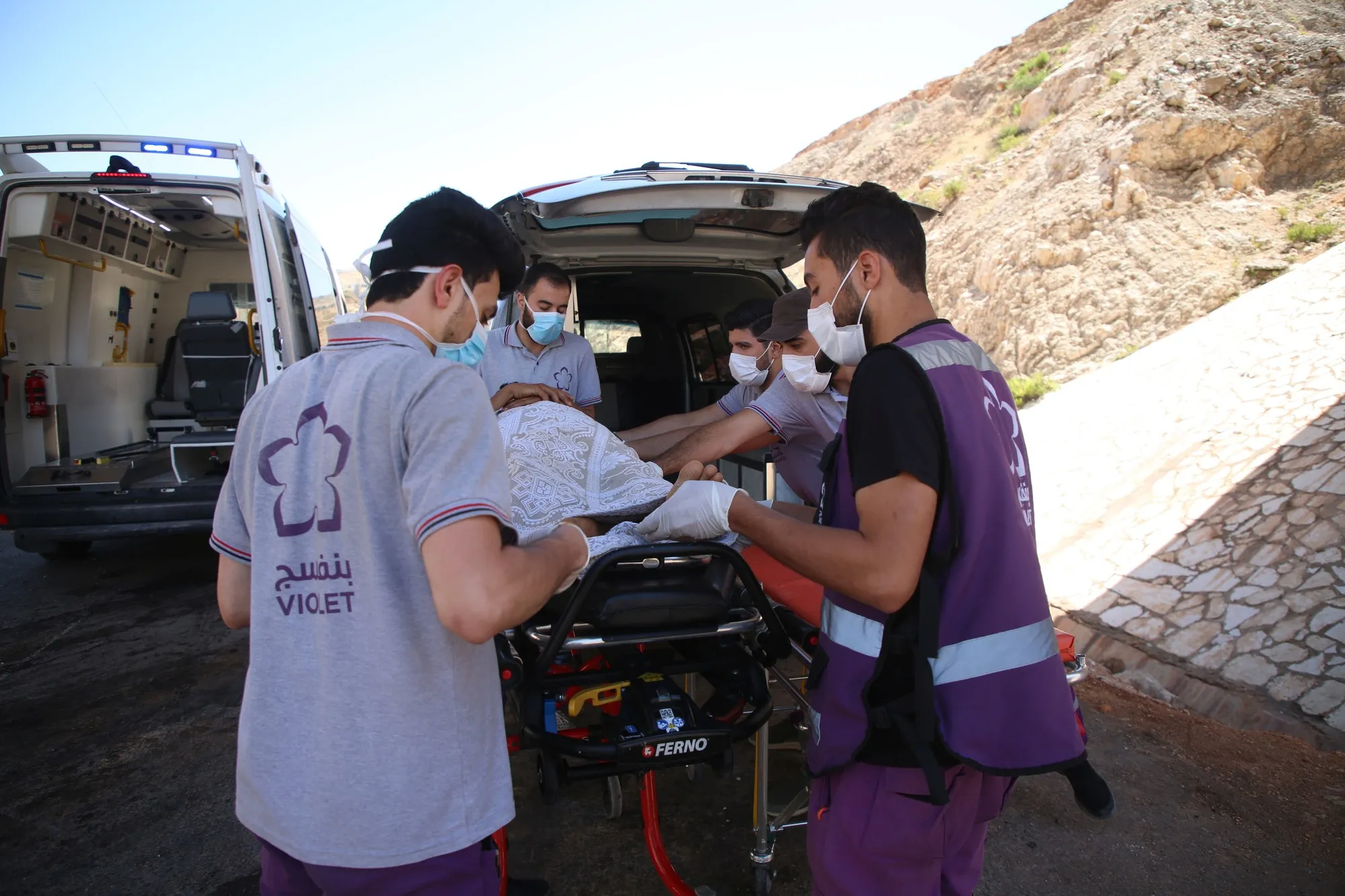Atlanta (August 19, 2020) – Syria tops the list of deadliest places to be an aid worker for the fourth year in a row according to an analysis done by CARE International on data from the Aid Worker Security Database. A devastating 74 aid workers have lost their lives since the beginning of this year, including 20 in Syria where war has been raging since 2011 and closely followed by 14 in South Sudan. The first six months of 2020 also see a 30 percent increase in the number of fatalities recorded compared to this time last year.
Hiba*, a Water, Sanitation and Hygiene Field Engineer with CARE’s partner IYD in northwest Syria says: “the continued humanitarian assistance is a major source of hope for hundreds of thousands of displaced people in northwest Syria. The continued targeting of us as humanitarian workers is like a final bullet for their hope and will to live. We, as humanitarian workers, are ready to face the pandemic but not the deliberate targeting of aid workers, which has resulted in the death of many colleagues in the line of their humanitarian duty. COVID-19 remains a disease that cannot distinguish between a humanitarian worker or other people.”
Nirvana Shawky, CARE’s Regional Director for the Middle East and North Africa adds, “It is heart-breaking to see Syria once again top the list of most dangerous place to be an aid worker. Humanitarian needs, especially in the northeast of the country, have grown over the last few months, but continued attacks on aid workers, and closure of borders for vital aid to reach those suffering are making conditions more challenging than ever. Our local humanitarian partners in Syria are living the daily suffering and trials alongside those they help, and on top of that they are also being targeted for the work they do – this is unacceptable.”
While Syria saw the highest number of fatalities, South Sudan has recorded the most attacks against aid workers so far in 2020.
Mercy Laker, Deputy Country Director-Programmes for CARE South Sudan says, “Delivering humanitarian assistance in South Sudan is a dangerous undertaking- and always has been. I can’t even begin to count the number of aid workers that have been victims of unfair harassment, illegal detentions, banditry and a range of other aggressions during their work. NGOs shouldn’t be pushed to choose between staff safety and reaching those whose very survival depends on aid interventions- the opportunity cost will be too huge.”
In their new “Figures at a Glance 2020” report, Humanitarian Outcomes – an independent research organization that provides global data on aid-worker security – found that national aid workers continue to bear the brunt of the violence compared to their international colleagues. 97 percent of all CARE staff in programming countries are local staff, working with incredible dedication to help their own communities and their wider compatriots.
Sally Austin, CARE International Head of Emergency Operations notes, “The majority of humanitarians are local staff and true local heroes, similar to what COVID-19 has shown us across the western world, they are the rubbish collectors, lorry drivers, nurses, care workers and community services assistants. If anything, COVID-19 has highlighted and driven home the critical role played by local communities, civil society and NGOs, including women-led and women’s organizations, as frontline responders in their own countries.”
2020 also sees the added dimension of increased threats to aid workers as a result of stigma around COVID-19. Misinformation and heightened tensions have also led to the disruption of humanitarian work in some contexts. In the Democratic Republic of Congo medical staff were accused of bringing COVID-19 to the community, and in other countries, such as Cote d’Ivoire, protests in certain areas led to the destruction of testing facilities.
Austin says, “Ensuring strong staff and partner safety protocols when engaging with communities and building programme acceptance with accurate and regular flows of public information is so crucial in the areas we work and is an important part of our COVID-19 responses. Fear can spread as rapidly as a pandemic itself, and particularly in the modern digital age. This is also true for affected communities. In some places, especially rural areas, stigma is a real concern for anyone who has COVID-19 symptoms and they may not seek testing or help as a result of fear, lack of access or lack of trust.”
###
Media Contact—Kalei Talwar, Press Officer
kalei.talwar@care.org 808.381.6901

